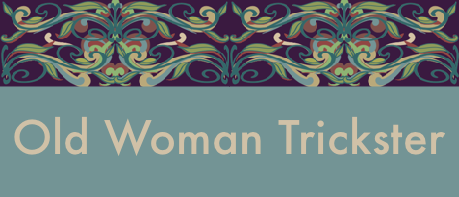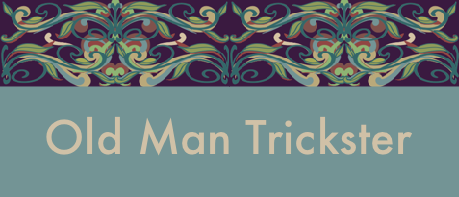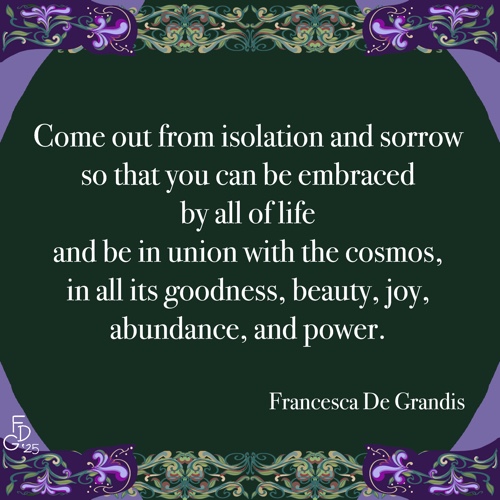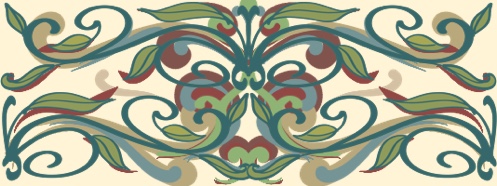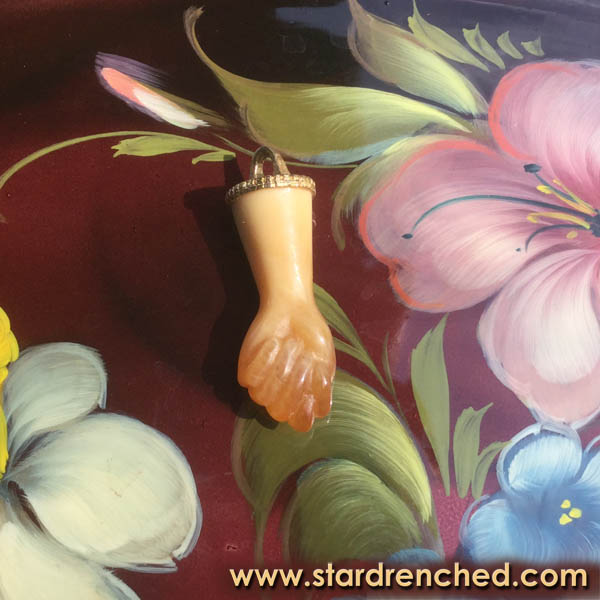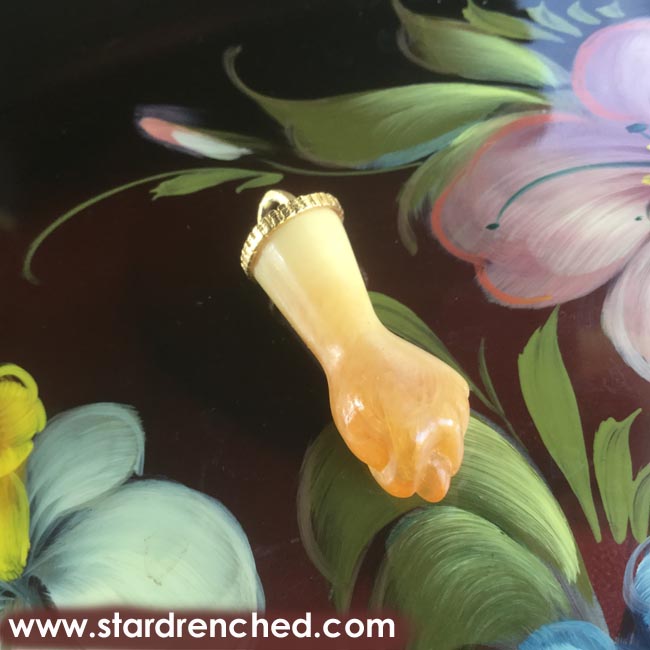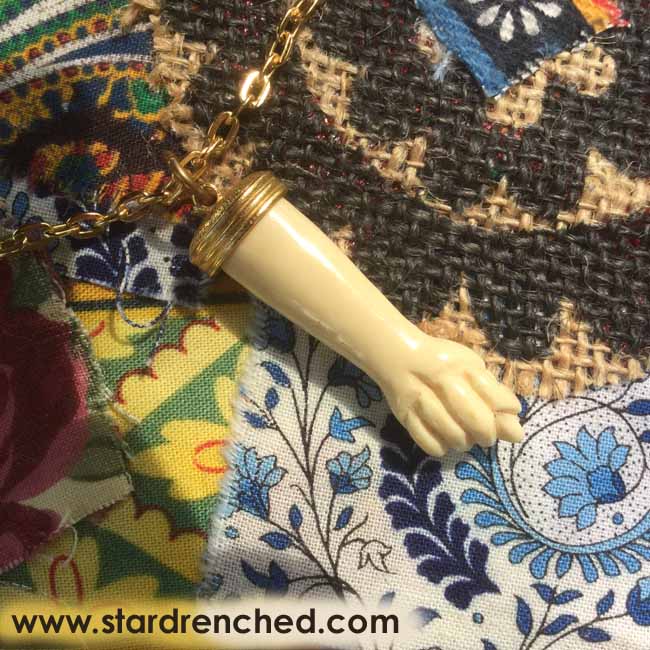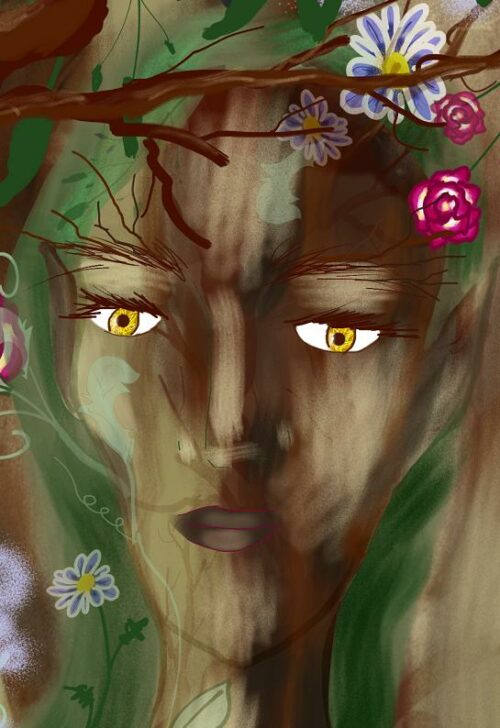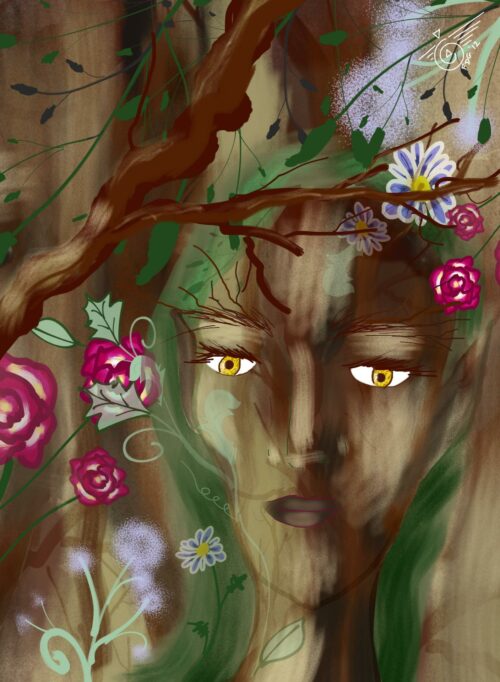
lets them do vital work.
It is work that only they can do
to protect our communities.
 Today I read the September 28 entry of Juno Covella—Perpetual Calendar Of The Fellowship of Isis, by dear departed Lawrence Durdin-Robertson. Here’s an excerpt:
Today I read the September 28 entry of Juno Covella—Perpetual Calendar Of The Fellowship of Isis, by dear departed Lawrence Durdin-Robertson. Here’s an excerpt:
“A comic old woman … with her jokes and lewd gestures moved Demeter to laughter. … This episode served to relieve the mourning.”
In Japanese lore, the sun Goddess Amaterasu retreats to a dark cave after being overcome by misery. An old woman, with humor and lewd gestures, draws Amaterasu from the darkness. Amaterasu’s exit brings Her light back to the world, which had darkened during her retreat.
To my mind, the old woman who made the Greek Goddess Demeter laugh ensured humankind’s survival. Demeter is a harvest Goddess. When She was not able to move on from Her immense grief, plants could not grow. Food is life, just as the sunlight that Amaterasu embodies is necessary for life.
Both these myths reveal tricksters to be Shamans. This is contrary to the usual portrayal of tricksters.
Elders Who Teach, Heal, & Empower Us Through Good-Natured Tricks and Joy
Seeing trickster as Shaman is only one way I reject the standard definition of a trickster. I also reject the portrayal of a trickster as someone who plays mean tricks to teach us important lessons. I view a trickster as a kind person who empowers us enormously through joy, fun, and good-natured tricks. (Read a pivotal 4000-word essay about Trickster in a two-volume Book of Shadows. It provides a more comprehensive look at my unusual theories about tricksters and their powers. Both human tricksters and trickster Deities can give you so much.)
Trust Your Intuition and Common Sense
The two old woman tales embody my understanding of a kind, joy-bringing trickster. How wonderful to finally find my theory embodied in traditional lore. It shows me, once again, that if I trust the conclusions I reach through intuition and common sense, I will eventually find them backed by traditional lore.
… Perhaps I noticed this embodiment in the Japanese lore decades ago. However, seeing the same archetype in a second tradition today brought it home.
Kind Eccentric Elders Are Important to Humanity’s Survival
Elderly tricksters healed Demeter and Amaterasu of pain so that They could bring Their gifts to the world again. This embodies elders of all gender identities who are kindly, joy-bringing tricksters helping younger individuals overcome pain. Thus, younger generations are more able to contribute to their community and the larger community that is All Our Relations.
This is a pivotal and overlooked power of crones.
One reason patriarchy devalues and otherwise oppresses elderly women: So that they cannot uplift their community, which is then more easily oppressed.
Elderly trickster men are devalued for the same reason. The disrespect heaped on them is seriously damaging. It may not be as bad as the disdain commonly shown to elderly trickster women. But pointing that discrepancy out might be splitting hairs. In any case: Wisdom is often attributed to the tricks of elderly men, and the positive results of their antics are more likely to be acknowledged. Regardless, they vitally need their communities’ support. Keep reading.
Elder Tricksters Help Us During Crisis
When crisis causes paralyzing grief, pain, and anger, so we cannot overcome the crisis, eccentric elders can step in. Each one is Trickster as a Shaman who heals us and empowers us.
It is important to know that they will bestow their joyful healing tricks on anyone. Tricksters embody love.
It is equally important to recognize old lady tricksters as Shamans who heal matriarchs—the latter being women who, like Demeter and Amaterasu, provide for their loved ones, communities, and All Our Relations.
It is important to recognize this because matriarchs usually lack even the dubious support their male counterparts receive. This affects everything from their mental health to their physical health to their productivity.
In a moment, more about the importance of supporting their male counterparts. My immediate point is:
It is important to see old lady tricksters as Shamans who heal matriarchs because patriarchy pits younger and older women against each other. Both lose vital support. This influences not only their productivity but also their chances of survival.
Wonderful trickster men uplift the individuals who lead by vitalizing—instead of by dominating—communities. These elderly fellows are like the tricksters who uplifted Demeter and Amaterasu. It is important to support these guys. They reject patriarchal male leadership models. By doing so, they give up privilege and fight systemic oppression. This makes them vulnerable to oppression.
I’ve been talking about men and women. It is equally vital to recognize and protect tricksters who do not identify with either gender. Or who identify with both. Or who otherwise gender-bend.
Some lore represents ultimate power as a hermaphrodite. There is good reason. By transcending gender, a hermaphrodite transcends all divisive dualities, thus embodying the ultimate connectivity—the union of all parts of the cosmos.
This is one of the greatest tricks that anyone can play! It is one of the greatest and most delicious tricks to have played on you! It invites you to open to a blessing that is the essence of life, love, and Shamanism. It is the trickster offering the following invitation to Demeter, Amaterasu, and any of us when we are trapped inside ourselves:
Come out from isolation and sorrow
so that you can be embraced by all of life
and be in union with the cosmos,
in all its goodness, beauty, joy, abundance, and power.
Tricksters who gender-bend are subjected to all the disdain and other harm that male and female tricksters encounter, and for the same reasons.
They are also targeted for additional reasons. Here is one specific to tricksters who heal honorable young leaders:
As mentioned, a person who does not adhere to so-called gender norms embodies unity and an invitation to union. All power resides in union within the self, union in a community, union with the cosmos. To alienate people from their inborn power and power as a community, oppressive cultures divide everything into opposing boxes.
 Opposing boxes. Light supposedly opposes dark, as if day and night did not happen by the planet’s natural rotation.
Opposing boxes. Light supposedly opposes dark, as if day and night did not happen by the planet’s natural rotation.
Nature is not seen as harmonic union, but as separate parts always in feral conflict. This idea implies people must constantly vie for dominance or be crushed. Thus pitted against each other, they won’t work together to throw off oppressors.
Boxes. Our bodies and life itself are seen as machines, with mechanistic parts independent of each other. Death culture!
No! The universe is alive. It is a glorious, complex, synergistic, and jubilant weave, of which we are a part. And we each mirror this tapestry in all its wondrousness. The weave within and around us makes all magical and mundane power accessible. Ours!
Individuals who represent that by not gender conforming threaten the idea of mechanistic dualism. It is a core cultural underpinning of systemic oppression. So they are targeted in awful ways specific to them.
The horror can start at birth: The word intersex is a term for individuals born with traits that are not gender-conforming. This can include having both male and female genitals. Surgeries that cut away some genitals so the baby’s body represents only one gender still happen today. This is physical and emotional mutilation. An infant’s body and psyche are too vulnerable to withstand this trauma without suffering an awful impact that could last a lifetime. I imagine how terrible it would be for an adult to withstand the surgery, and then think of how much worse it would be for a newborn
I dedicate this post to a dearly departed friend. They were born with male and female genitals. That is still sometimes called a hermaphrodite. Some intersex individuals do not like the term hermaphrodite, and the term is definitely out of favor right now. It was a definition my friend liked.
A card in the Rider Waite Smith Tarot deck portrays a Hermaphrodite. A divinatory meaning of the card is ultimate power.
How to Learn from Old Tricksters and Let Them Empower You
Let us honor our elder tricksters, learn from their wise eccentricities, and be healed by their so-called peculiarities.
For example, have you ever thought an elder was rambling verbally, perhaps about glory days? Or repeating stories you’ve heard a million times?
Perhaps through repetition and so-called rambling, they are weaving a lifetime of experiences together for you and thereby weaving the different parts of the universe together. Open your heart and relax, so the weaving that is the universe can wrap around you like an enchanted blanket. It’s a trick!
Note: This essay emphasizes protecting elders because of their vital contributions. But everyone deserve protection and respect from their community, even when their value is not obvious.
If you liked this essay, there is a lot more: Fairy freebies, enchanted events, and stardust. Click the banner below to subscribe to my newsletter.
Please tell me your thoughts about this post in the comment field at the bottom of the page. A single sentence can make a big difference to me.
Comments connect us better than social media does. We can share our ideas in a community without haters trying to divide and distract.
It’s okay to be the only person commenting on a post. I don’t care about receiving appreciation and approval from a lot of people. In Traditional Shamanism, people connect as individuals. That is what my Fey-touched heart wants.
Does anything come to mind that you’d like to share?
Or claim trickster power simply by writing “trickster” in the comment field. It’s a trick!
To respond to another reader’s remark, click reply below their comment. Yay!


